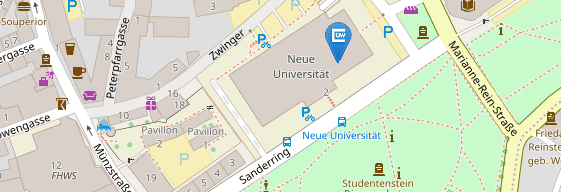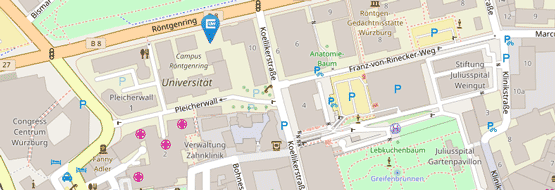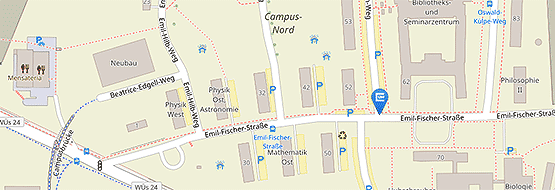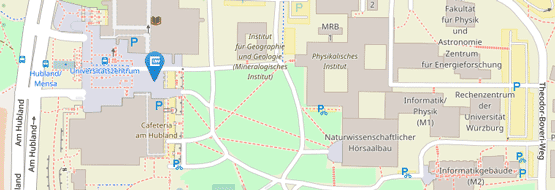Patron Traute Schroeder-Kurth Deceased
09/02/2025For decades, she promoted research into a rare hereditary disease at the University of Würzburg. Now Traute Schroeder-Kurth, winner of the JMU Röntgen Medal, has died at the age of 95.
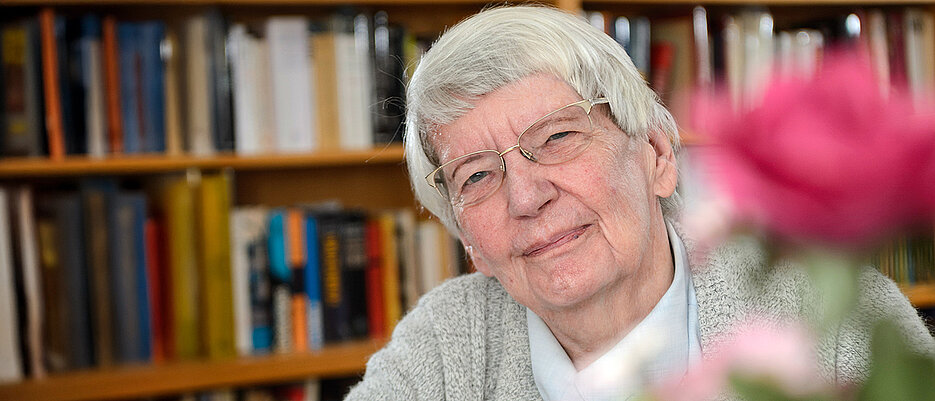
Mourning for a long-time supporter of science: Professor Traute Schroeder-Kurth, who was closely associated with the University of Würzburg, passed away on 22 August 2025 in Eibelstadt (Würzburg district). She was 95 years old.
In 1997, the doctor and her husband set up the Schroeder-Kurth Fund for research into the rare hereditary disease Fanconi anaemia at the University of Würzburg. Ten years later, she topped up the fund on a large scale to enable continuous support for the research work. In 2017, the University honoured Traute Schroeder-Kurth with the "Röntgen Medal - Science Sponsorship Award" for this outstanding commitment.
The Research Topic of Her Life
Traute Schroeder-Kurth came across Fanconi anaemia as a young doctor when she was setting up a chromosome laboratory at Heidelberg University. Her first patients were two brothers with this rare hereditary disease, which is associated with a high risk of cancer. In the patients' cells, the doctor discovered a previously unknown fragility of the chromosomes. From then on, she had found the research topic of her life.
In addition to Fanconi anaemia, another topic was close to her heart: she dealt with questions of medical ethics that had arisen as a result of advances in genetics, such as the advent of prenatal diagnostics, genetic screening and gene therapies.
Career of the Professor
Traute Schroeder-Kurth was born in Heidelberg on 16 May 1930. After training as a medical-technical assistant at the Lette-Haus in Berlin, she studied medicine in Hamburg. After her state examination, she moved to the Institute of Human Genetics in Heidelberg, where she completed her doctorate, habilitated and was appointed professor.
After retiring, she moved with her husband to Eibelstadt near Würzburg. There, the couple had already leased and restored the "White Tower" of the town wall from 1972. In 1995, she became a visiting professor in the Fanconi anaemia research laboratory at the Würzburg Institute of Human Genetics. She had already worked with the local professors Holger Höhn and Detlev Schindler for many years.
Staying in Touch With Families
She was in permanent contact with many people affected by Fanconi anaemia whom she had advised, for example via the Fanconi Anaemia Support group. She saw herself as having a medical responsibility towards the families of sick children: "I can't imagine being a doctor without social responsibility," she said years ago in an interview with the JMU press office.


